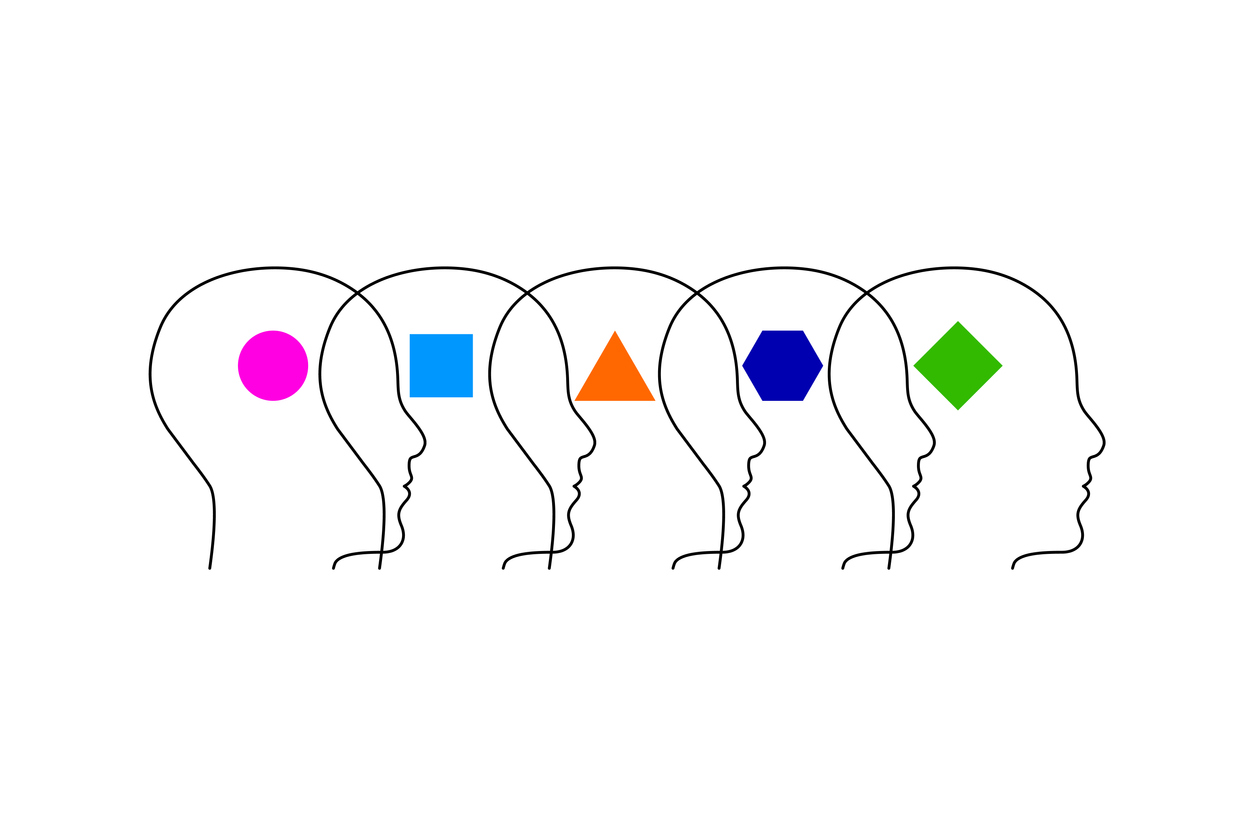
Cognitive diversity has a positive impact on performance of an organization (Tegarden, et al., 2007). However, cognitive diversity often creates an environment ripe for conflict. How this conflict is managed makes all the difference. If conflict is seen as inherently negative, employees will either avoid conflict, accommodate the beliefs of others without expressing the value of their own beliefs, or engage in unproductive forms of competition, If conflict is generally seen as an opportunity for growth and development, employees are more likely to engage in collaborative efforts and build positive culture change within the organization. This is how we understand workplace conflict and how businesses can harness it to thrive. At the Mandt system, we prefer a collaborative approach (win/win), deferring to a compromise if a collaboration can not be agreed upon. Collaboration tends to have the effect of strengthening relationships, whereas compromise tends to only maintain the relationship at its current level. Simply put, shoot for a win/win and if that’s not possible, settle for a compromise.
Part of understanding conflict within any organization is to understand that groups form. Sometimes these groups are formal, such as committees, teams, units, departments, etc. Most organizations are relatively good at soliciting information from formal groups and understanding the conflicts that arise between formal groups. There will also be informal groups that develop naturally because of similar worldviews. These groups are just as important, yet seldom recognized in any meaningful way. Various groups of individuals within the organization will fall into different cognitive factions, or groups that hold similar ideas (Tegarden, et al., 2007). In order to create a culture of healthy conflict resolution, the leadership of an organization must discern a wide-angle strategic view of these cognitive factions. The leadership will need to consider the views, experience, and knowledge of all cognitive factions within the organization on any given issue (Tegarden, et al., 2007). A process of cognitive faction analysis is useful, and causal mapping can be utilized to organize information, as well as demonstrate vital associations (Tegarden, et al., 2007).
The process starts with the development of individual cause maps (Tegarden, et al, 2010). Several methods can be utilized to elicit individual cause maps Tegarden, et al., 2010). Tegarden, Sheetz, and Henderson describe five steps to this process (Tegarden, et al., 2010):
- The first is to brainstorm to elicit concepts.
- The next is to identify strategic factors.
- The third is to classify concepts into strategic factors.
- The fourth is to rate strategic factors.
- Finally, the fifth step is to define causal relationships between strategic factors.
When the various factions on any given strategic issue have been discovered, it is important for planners to solicit input from each of these factions (Tegarden, et al., 2010). In order to manage conflict, one must have a solid understanding of the context of the conflict. Once this has been achieved the classic tools of problem solving taught in the Mandt System’s Corporate Culture Change course and in Chapter three of the Relational course can be fully utilized.
John Windsor – Director of Technical Curricula
References
Tegarden, D. P., Sheetz, S.D., Henderson, D., (2010). Strategic planning in an accounting department using causal maps and cognitive factions. Accounting Education: An International Journal, 19 (5), 473-500.
Tegarden, D. P., Tegarden, L. F., Sheetz, S. D., (2007). Cognitive factions in a top management team: surfacing and analyzing cognitive diversity using causal maps. Group Decision and Negotiation, 18, 537-566.



